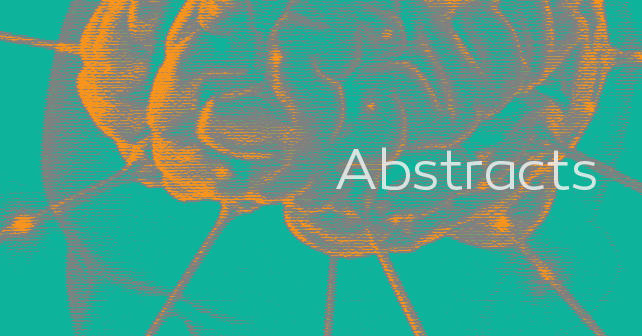Abstract
Several recent global traumatic brain injury (TBI) initiatives rely on practice variation in diagnostic and treatment methods to answer effectiveness questions. One of these scientific dilemmas, the surgical management of the traumatic acute subdural hematoma (ASDH) might be variable between countries, between centers within countries and even between neurosurgeons within a center and hence amenable for a comparative effectiveness study. The aim of this questionnaire was to explore treatment variation for ASDH between neurosurgeons in similar centers in a densely populated geographical area. An online questionnaire, involving treatment decisions on 6 case vignettes of ASDH, was sent to 93 neurosurgeons in The Netherlands and Belgium. Clinical and radiological variables differed per case. Sixty neurosurgeons filled out the questionnaire (response rate 65%). For case vignettes with severe TBI and an ASDH there was a modest variation for the decision to evacuate the hematoma and a large variation for the decision to combine the evacuation with a decompressive craniectomy. The main reasons to operate were ‘neurological condition’ and ‘mass effect’. For ASDH and mild/moderate TBI there was large variation for operating or not, whereas ‘hematoma size’ was the predominant motivation for surgery. Significant intercenter variation for the decision to evacuate the hematoma was observed (p = 0.01). Most pronounced was that one out of seven (14%) neurosurgeons in one region chose a surgical strategy compared to nine out of ten (90%) in another region for the same case. In conclusion, variation exists in the neurosurgical management of TBI within an otherwise homogeneous setting. This variation supports the methodology of the international CENTER-TBI initiative and shaped the Dutch Net-QuRe initiative.
KEYWORDS:
EPIDEMIOLOGY; INTRACRANIAL PRESSURE; SURGERY; TRAUMATIC BRAIN INJURY
READ MORE: http://www.ncbi.nlm.nih.gov/pubmed/27393190

